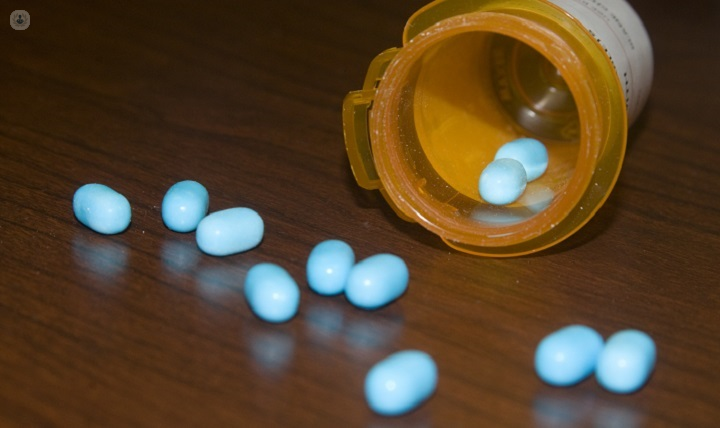



What is hormone therapy?
Hormone therapy (also known as hormonal therapy) refers to any sort of treatment involving the use of hormones, or, conversely, the use of hormone antagonists to limit the effectiveness of hormones already in the body (this is also known as antihormone therapy).
Why would you have hormone therapy?
There are a number of applications of hormone therapy. Among the most common are:
- Hormonal therapy for cancer
- Hormone replacement therapy (HRT)
- Growth hormone therapy for growth hormone deficiency
- Thyroid hormone replacement to treat hypothyroidism
- Antithyroid therapy to treat hyperthyroidism
Hormones are also used in chemical castration to lower the libido and sexual activity. The “patients” are usually criminals in countries where chemical castration is used, and have usually committed crimes of a sexual nature.
What does hormone therapy involve?
Hormone therapy for cancer often involves the use of steroids, which can cause certain cancers to stop growing, or even kill the cancerous cells. Other treatments may use antihormone therapy to inhibit the production or activity of hormones which may be stimulating cancer growth. It depends largely on the type of cancer. Some common examples include:
- Breast cancer
- Oestrogen-deprivation therapy targets oestrogen receptor-positive breast cancer. There are a number of possible hormone therapies, including tamoxifen, aromatase inhibitors (for post-menopausal women), and LH blockers (for pre-menopausal women).
- High-dose oestrogen therapy has also been used to treat breast cancer.
- Prostate cancer – anti-androgen therapy blocks testosterone from stimulating cancerous cells to grow.
HRT is most commonly associated with treating the menopause, but there are actually several varieties:
- Menopausal hormone therapy (MHT) – treats the symptoms of the menopause
- Androgen replacement therapy (ART) – treats men with low testosterone levels
- Transgender hormone therapy – helps transgender people transition to a body they feel more comfortable in. Transgender women take female hormones to make their bodies more feminine, while transgender men take male hormones to become more masculine.
Hormones may be taken in a number of different ways, depending on the case and/or preference. Pills, patches and suppositories are all common methods.
Is hormone therapy safe?
There is no simple yes or no answer to this question. While different hormone therapies can produce different side effects, the benefits usually outweigh the risks. Early studies, such as the well-known Women’s Health Initiative (WHI) randomised control trial in 2002, suggested that HRT significantly increased the risk of breast cancer in women, but current thinking is that the increased risk is only slight. In fact, some studies indicate that oestrogen therapy has a positive effect on other aspects of the patient, such as memory.
Possible side-effects of testosterone antagonists in prostate cancer treatment include hot flushes, sweating, tiredness, impotence, breast tenderness, weight gain and mood swings.
Possible side-effects of hormone therapy in women include tiredness, digestive problems, e.g. constipation, diarrhoea, nausea, appetite increase or loss, etc., menopausal symptoms, hair thinning, headaches, changes in muscle and bone, weight gain and mood swings.
Side-effects usually subside after a few weeks, or maybe even a few months, but the side-effects that manifest and the time they last depends on the individual case.